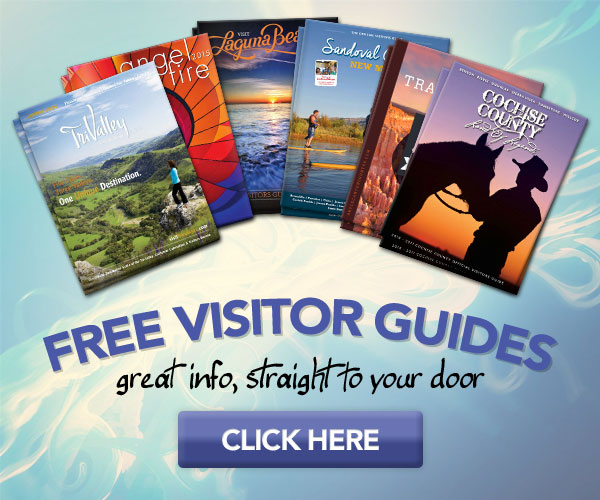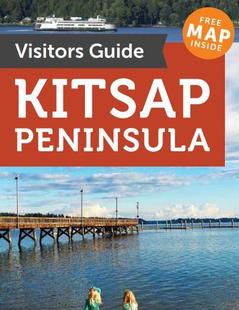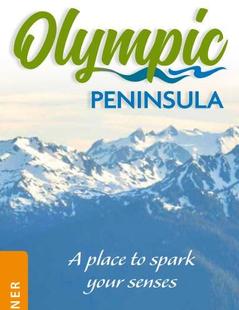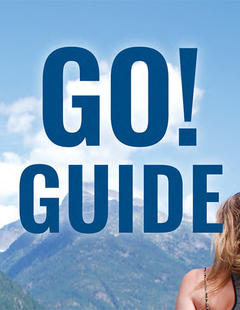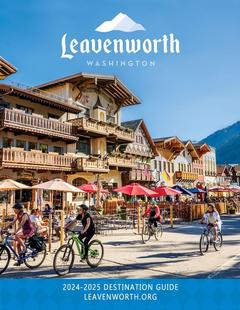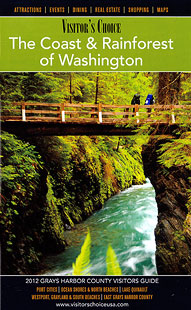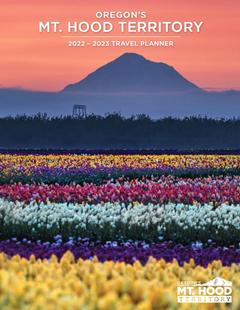The Olympic Peninsula in Western Washington was one of the last frontiers of the contiguous United States to be explored and mapped. And thankfully someone got around to it, because now visitors can explore some of the most breathtaking scenery in the country. The Olympic Peninsula lies west of Seattle across Puget Sound and Hood Canal, is bordered on the west by the Pacific Ocean and on the north by the Strait of Juan de Fuca (a shared border with Canada). If you look at a map of the lower 48 states, the Olympic Peninsula sits at the northwestern most corner of the map.
Geography lesson aside, what will most interest travelers is the sheer number of things to see and experience on the Olympic Peninsula. The snow-capped Olympic Mountain range is visible from Seattle. Let’s start with Olympic National Park - the crowning jewel of which is Mount Olympus. But the Park is not only about mountains. The Olympic Wilderness includes 73 miles of rugged Pacific Ocean coastline and acres of enchanted rainforest. Yes, rainforest here in the U.S.; not the jungle kind, but a temperate rainforest saturated with deep green timber and mosses. Visitors can hike or backpack along miles of pristine coastline one day, and explore a mossy rainforest the next. The roads around the national park only penetrate so far into the dense remote wilderness, which means in-depth exploration can require days on foot with at least a moderate level of backpacking skills. However, day hikes provide quite enough for the average traveler to see.
If all of this sounds too remote or primitive for you, rest assured there is civilization strewn about the Peninsula. Lodging is found throughout, and there are 30 plus towns and cities. These tamed zones range from picturesque port towns on the water - like Port Townsend or Port Angeles - to small inland communities like Forks - recently made famous by the Twilight books and movie series and TV’s National Geographic’s Legend of Mick Dodge. See lighthouses and harbors, dine at spectacular seafood restaurants or quaint cafes and experience local festivals - all this with world-class outdoor recreation at your fingertips.
A few more facts and figures about the Olympic Peninsula: It has 13 salmon-bearing rivers, 10 breathtaking lakes and reservoirs, upwards of 15 state parks, and at least five designated wilderness areas; and lest you need reminding - 73 miles of coastline, three rainforests, and miles of snow-capped mountain peaks. The Peninsula may have already been mapped and explored, but there’s an abundance of wilderness yet to be discovered.
There are many ways to access the Olympic Peninsula. From Seattle, you can take a ferry across Puget Sound, drive over the Kitsap Peninsula (Grand Peninsula) to reach Highway 101 - the main road that loops around the peninsula. Distances in miles vary depending on your destination. From Seattle to Port Angeles, for example, it’s about 83 miles taking the route mentioned above. From Olympia, Port Angeles is about 120 miles. Miles, however, aren’t necessarily the best way to plan your trip. Time between points is a better indicator for planning. For example, the 83 miles from Seattle to Port Angeles may take two and a half to three hours depending on ferry time and traffic. There are no freeways on the Peninsula!







